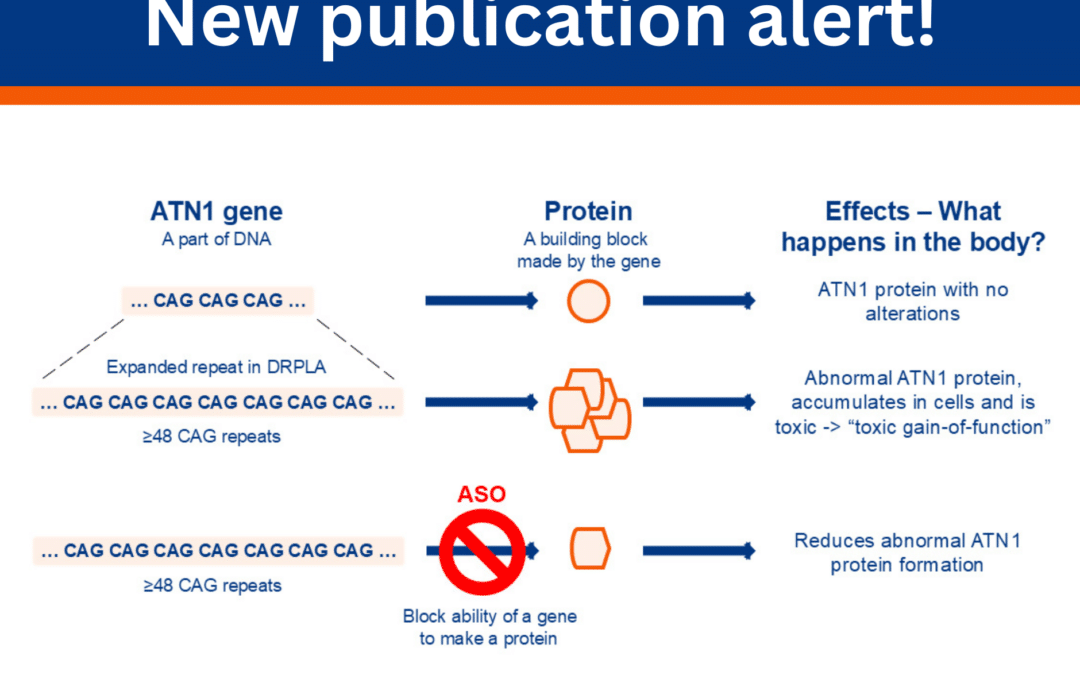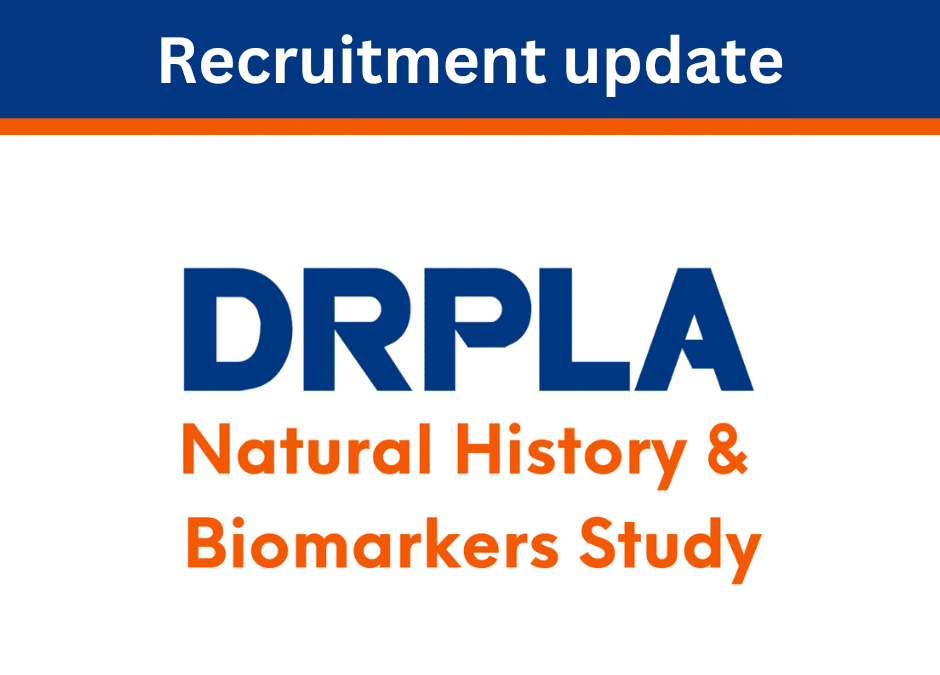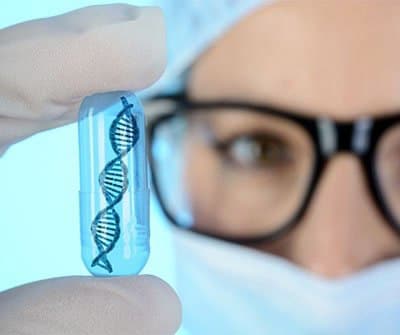What is DRPLA?
Dentatorubral-pallidoluysian atrophy, commonly known as DRPLA, is a progressive brain disorder that affects coordination, balance, speech, and causes involuntary movements, emotional problems, and a decline in thinking ability. The average age of onset of DRPLA is 30 years, but this condition can appear anytime from infancy to adulthood. The symptoms and progression vary depending on the age of onset.
What is CureDRPLA?
CureDRPLA is a US based non-profit founded by Paul and Andrea Compton. Paul and Andrea have a son that was diagnosed with DRPLA in August 2018. The mission of CureDRPLA is to connect families, physicians and scientific investigators to further DRPLA research and work towards a treatment for DRPLA. This webpage was created to find others that have this condition and are interested in finding a cure.
CureDRPLA
Global
Patient
Registry
The CureDRPLA Global Patient Registry is a worldwide registry of DRPLA patients.
This registry gathers the demographic and clinical information on DRPLA patients from across the globe. By collecting information on all DRPLA patients, the CureDRPLA Global Patient Registry will be a powerful resource for research and will enhance opportunities for treatment development.
Patient & Caregiver
Click below to find out what CureDRPLA has done and what we are currently doing to find to a treatment for DRPLA. You will also find online resources and support organizations for DRPLA as well as YouTube channels specifically focused on DRPLA.
Click below to find out what CureDRPLA has done and what we are currently doing to find a treatment for DRPLA. You will also find online resources and support organizations for DRPLA as well as YouTube channels specifically focused on DRPLA.
Patient &
Caregiver
Researcher
& Industry
CureDRPLA is investing in a number of projects in hopes of rapidly developing novel therapeutics for DRPLA. Information on funding opportunities, a list of our preclinical projects as well as other efforts can be found here.
Latest
News

Genetic treatment protects against DRPLA symptoms in a mouse model with DRPLA
Scientists created a mouse model with the genetic change that causes DRPLA in people. These mice showed symptoms common of DRPLA, such as balance problems, seizures, tremors, and poor coordination. When the mice were treated with a type of genetic therapy called...

Recruitment update for the DRPLA Natural History and Biomarkers Study
CureDRPLA is funding this study to better understand the symptoms of DRPLA and how they change over time. It also aims to identify measurable indicators that could predict progression and responsiveness to treatments in future clinical trials. This study collects...

Strengthening ties with Japan’s rare disease community
Since DRPLA is more prevalent in Japan, CureDRPLA has made it a priority to build connections with the scientific and clinical community there. Junko Shiozawa, Advisory Board Member, has played a key role in building a community of Japanese individuals affected by...
Social
Strengthening ties with Japan’s rare disease community - CureDRPLA
curedrpla.org
Since DRPLA is more prevalent in Japan, CureDRPLA has made it a priority to build connections with the scientific and clinical community there. Junko Shiozawa, Advisory Board Member, has played a key ...www.ataxia.org.uk
All About Ataxia & All About Ataxia PLUS All About Ataxia is an information seminar that gives anyone affected by ataxia (patients, carers/family members) information about the clinical and practical ...
Join Our DRPLA Community Today
At CureDRPLA, we connect patients, families, clinicians and researchers to further DRPLA research and work towards a treatment for DRPLA. You can join our community by going to Rare Connect. For more information about our community, get in touch with us.
